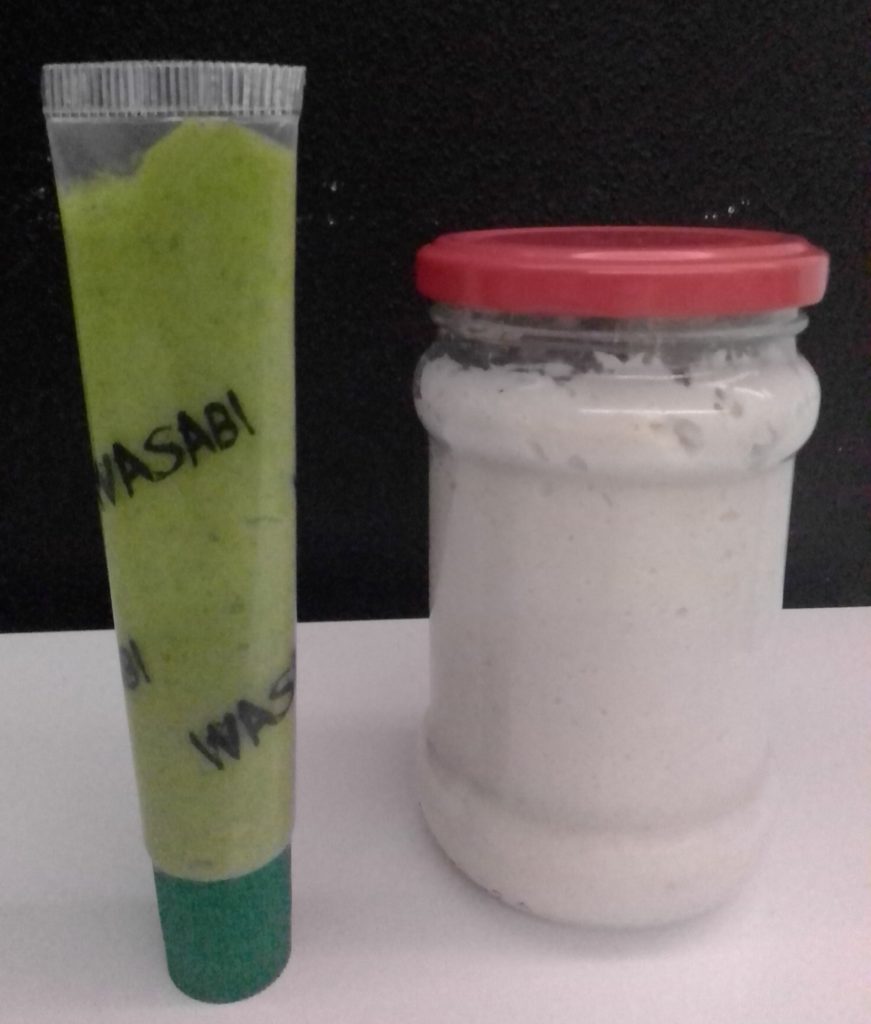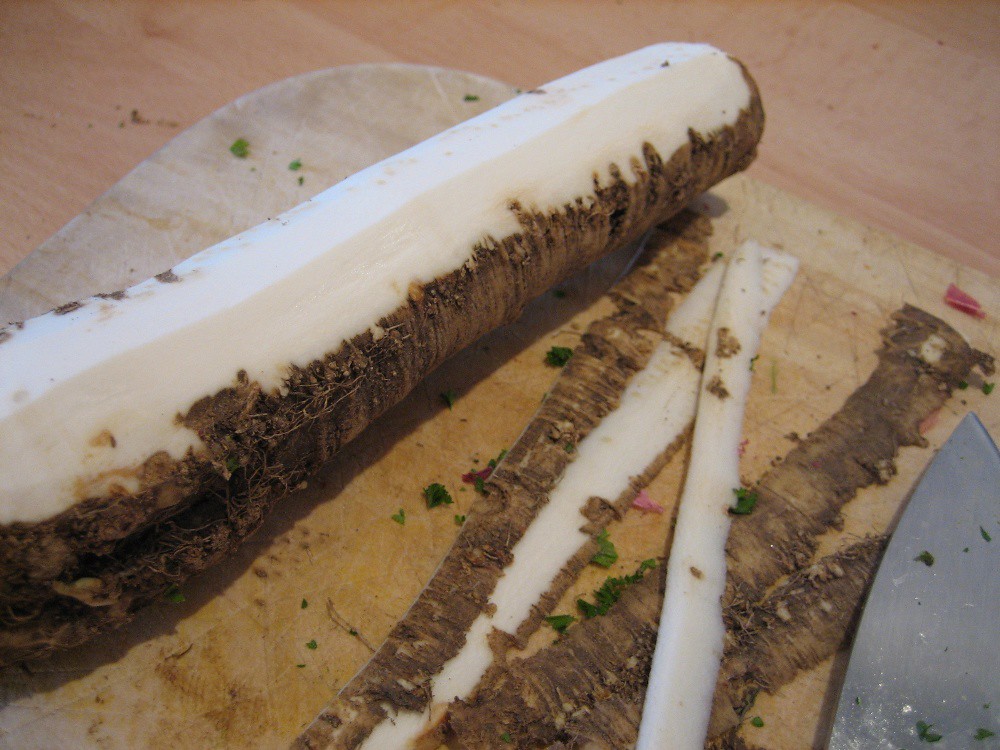Sure many of my rare readers can identify themselves with most of these statements:
- I cook to survive.
- I try not to eat much junk food.
- I enjoy trying different things every now and then.
- My palate does its best. Once again, what’s the difference between sardine and anchovy?
Well, this is totally me. And today I am going to use my space here to talk about my favourite culinary discovery so far in Poland. Must be said that all my preferred Polish words (czosnek, burak and marchewka) are food. I couldn’t wait more to talk about the aspect of life that cheers me up the most.

According to the short research I did around this amusement for fans of spice, it won’t be anything really new for many of my fellow volunteers come from other countries in central and eastern Europe. It is for an average Spanish foodie though, and that is what you can infer from the ignorance shown in the title of this entry.
Horseradish sauce or chrzan is the name of this tasty condiment what I have accompanied my meat with for the last two weeks. I can still vividly remember the moment when I tried it for the very first time. I was completely amazed by how familiar it was to me in a exotic sense. “Why does this hot sauce remind me of sushi?,” I wondered. The answer is easy: chrzan and wasabi are almost the same plant, grown in different part of the planet. Since then and, specially, since my skills in Polish pronunciation are yet to be brushed up, I kept calling it the Polish wasabi. I could do better for my Polish, honestly.

Polish wasabi is made out of the root of horseradish, grated and mixed with vinegar. The plant of horseradish is perennial and belongs to the family of Brassicaceae, shared with broccoli, mustard and, obviously, wasabi. This root has some type of enzymes that irritates the mucous membranes of the sinuses and eyes. And that’s where the magic starts.
It is a rush breaking in you brain and you can only either hate it or love it. Imagine how it had to be to inhale right after being born. You cried, yes, but wasn’t it the beginning of life? This is the most similar feeling you can have after eating chrzan. And once you fall in love with it, you’ll discover the little Pole inside of you. Smacznego!

Bonus: Kaszanka
This isn’t really a discovery for me. I knew there are many other types of cold cuts similar to my beloved Spanish morcilla out there. However, this is my contribution for all those blood-stuffed-in-pork-intestine lovers. Like every other expat, I miss the food from my country and, therefore, I sometimes try to find similar products here. I still haven’t got a clear opinion about the kasza in it —other of the main ingredients— because it isn’t very popular in the Spanish cuisine. This kaszanka can’t cover my nostalgia for morcilla but it helps somehow. In the end it is more or less the same: blood, onion and spices.

